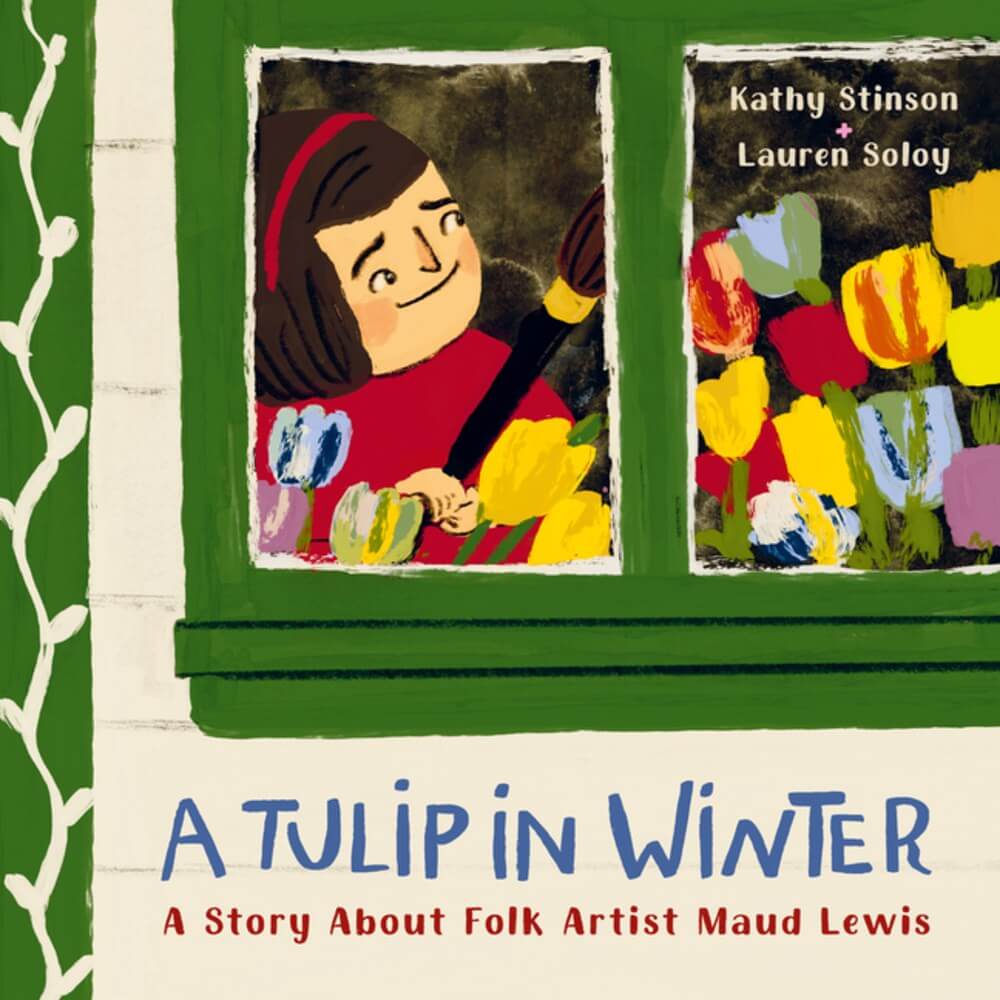Although Janie and her mother go birding often, she never manages to spot an owl, which she longs to see in the wild. Fortunately, Janie’s teacher, Mr. Koji, is also a lifelong birder, and owls are his favorite too. After Mr. Koji offers her a tip, she heads to the snowy woods once more and sees not one, but two owls.
Children often dive wholeheartedly into their interests—many, like the wonderful Mr. Koji, carrying those interests into adulthood—focusing with boundless energy. When something sparks their curiosity, they explore it with pure enthusiasm, driven by a sense of wonder and joy. This is precisely what Matthew Cordell captures so skillfully in To See an Owl, using plain language and short, impactful phrasing: “I look and look in the woods. Deep in the trees. At sunrise. At dusk.”
As the story unfolds, readers learn about owls: their vocalizations (entertainingly, one is “WHO COOKS FOR YOU ALL?”), their droppings (owl poop is called whitewash) and their habitats. Cordell’s repetition works to great effect. The refrain, “Perfectly stout. Large, round eyes. Silent, knowing faces. Birds of the night,” appears more than once and is beautifully paired with the stunning penultimate spread of two adult owls in a tree, snow falling gently around them. There are moments of subtle humor, like when Janie describes her patient mother, who faithfully joins Janie on her owl-watching adventures: “Mama is not excited about birding in a cemetery.”
Cordell’s palette features a harmonious blend of earth tones and pastels, with the blue of the sky anchoring these elegant tableaux. In the spread where Janie hears her first owl call, only the blue sky, falling snow and Cordell’s handwritten “Hoo-hoo-hoo Hooooo-hoooo” are present. The closing spread conveys Janie’s awe at finally seeing an owl: “Magic,” she exclaims, her bright eyes reflecting wonder as the word escapes in a cloud of vapor suspended in the cold air. Having experienced the buildup of tension through Janie’s repeated attempts to spot the creature she adores, readers end To See an Owl by sharing in her joy.


















